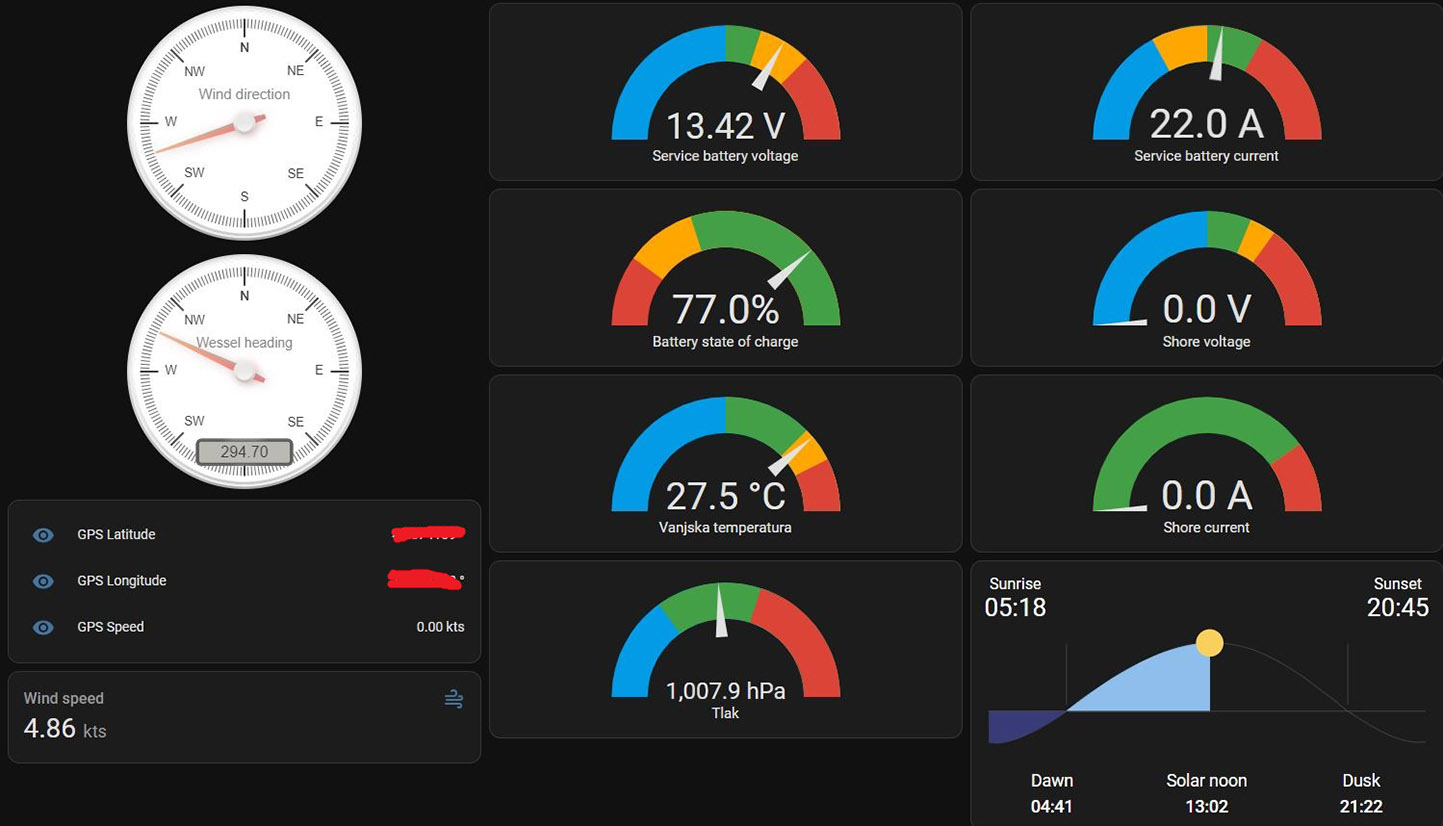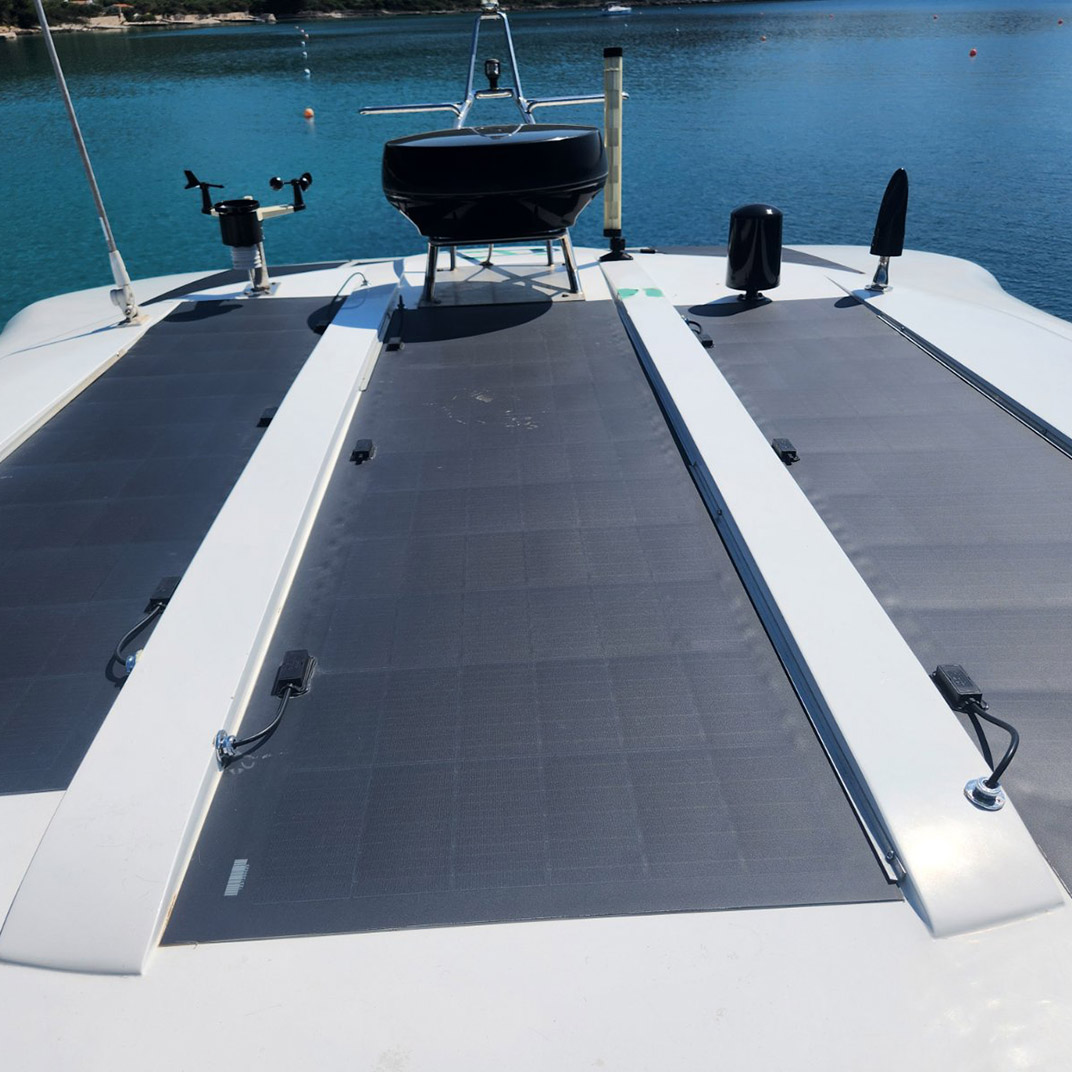LiFePO4 (lithium iron phosphate) batteries have numerous advantages over Li-ion (lithium-ion) batteries. Here are some key benefits:
Safety:
LiFePO4 batteries are less prone to overheating and fires than Li-ion batteries. This is because LiFePO4 chemistry is more stable and less susceptible to temperature changes. While a burning Li-ion battery is virtually inextinguishable, a LiFePO4 battery can be extinguished.
Longer Lifespan:
LiFePO4 batteries generally withstand more charge cycles (3000-4000 cycles or more), whereas Li-ion batteries typically endure 500-1000 cycles.
Deep Discharge and Charging:
LiFePO4 batteries handle deep discharges better and are not easily damaged if fully discharged. Additionally, LiFePO4 batteries can be charged faster.
Temperature Tolerance:
LiFePO4 batteries perform better over a wider temperature range. They operate more effectively in both cold and hot environments compared to Li-ion batteries.
Environmentally Friendly:
LiFePO4 batteries are less toxic and more environmentally friendly since they do not contain heavy metals like cobalt or nickel found in many Li-ion batteries.
Energy Efficiency:
LiFePO4 batteries are more energy-efficient, meaning less energy is lost as heat, and more energy is available for useful work.
Weight and Size:
Although LiFePO4 batteries are generally heavier and larger than Li-ion batteries, improvements in energy density (energy per weight and volume) are making these differences smaller.
Overall, LiFePO4 batteries offer numerous advantages in terms of safety, lifespan, temperature tolerance, and environmental protection, though they have lower energy density than traditional Li-ion batteries.
We assessed the situation and proposed the following solution:
Instead of the current 3 x 200 Ah service batteries (which were housed in 2 separate boxes), we suggested installing 4 batteries.


We assembled these from 3.2V, 280Ah EVE-manufactured LiFePO4 cells, with Daly BMS (Battery Management System), totaling 16 cells. The total capacity is 1120 Ah, 14.33 kWh. We placed this in the box that previously housed 2 x 200 Ah lead-acid batteries. For parallel connection, we needed a paralleling module to connect the 12V batteries in parallel, as well as a communication module to enable communication between the individual batteries and the boat's Victron system. The boat had a Victron Multiplus 12/3000/120 charger/inverter, which is 12V, with a 3000 VA inverter and a 120A charger.

There was also a Victron MPPT 150/35 and an MPPT 100/50 solar charger. LiFePO4 batteries can be charged with current matching their capacity, in this case, 4x280A or 1120A. However, LiFePO4 batteries cannot be directly charged with the engine alternators, as they would overload and burn out the alternators. A DC-DC converter is needed to regulate the charging. We chose the Victron Orion Tr 12/12-30 charger, 2 units, so both engines can charge the service batteries, unlike the original configuration where one engine's alternator charged the diesel generator and starter batteries, while the other charged the service batteries. With 55A alternators, the 30A Orion chargers leave 25A for the engine and diesel generator batteries. Considering extreme situations, we equipped the 2 Orions with smart controls, disabling the automatic engine operation-controlled charging. Currently, if the engine consumption exceeds 0, we turn on the chargers, and if the starter and diesel generator batteries' charge levels are low, we turn off the Orion on that circuit so the full 55A charges those batteries.
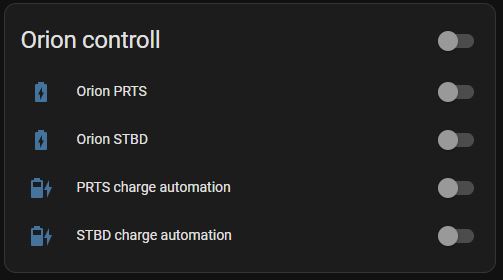
Additionally, we installed a secondary Victron Multiplus II 12/3000/120 charger/inverter. Its role is to enable faster charging, allowing us to charge at 240A with both devices, and we plan to run the air conditioners from the inverter as well.


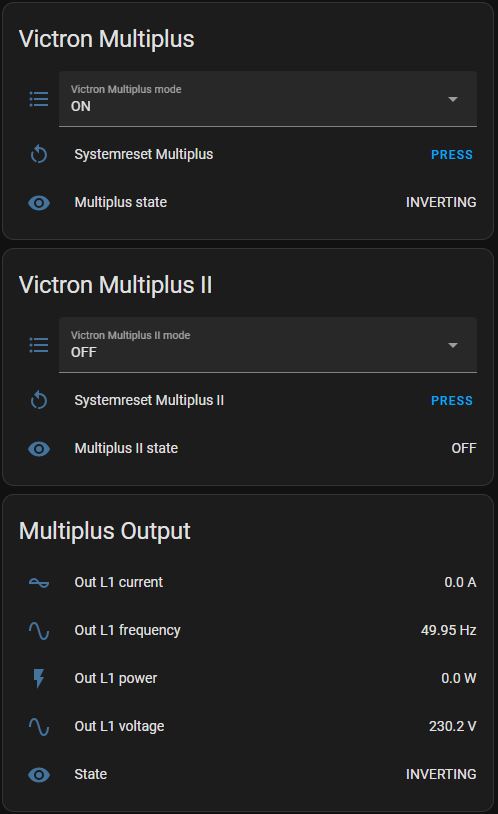
The boat had old-type solar panels connected to the smaller MPPT charger, which we replaced with custom-sized new panels. The panels on the larger charger were relatively new. We connected all the solar panels in series to the respective chargers for optimal performance. The result is a perfectly functioning system that meets expectations, with a very satisfied customer. The old solar panels delivered peak outputs of 220-280W, providing around 20A in sunshine, while the new panels delivered peak outputs of 370-450W, providing around 35A.
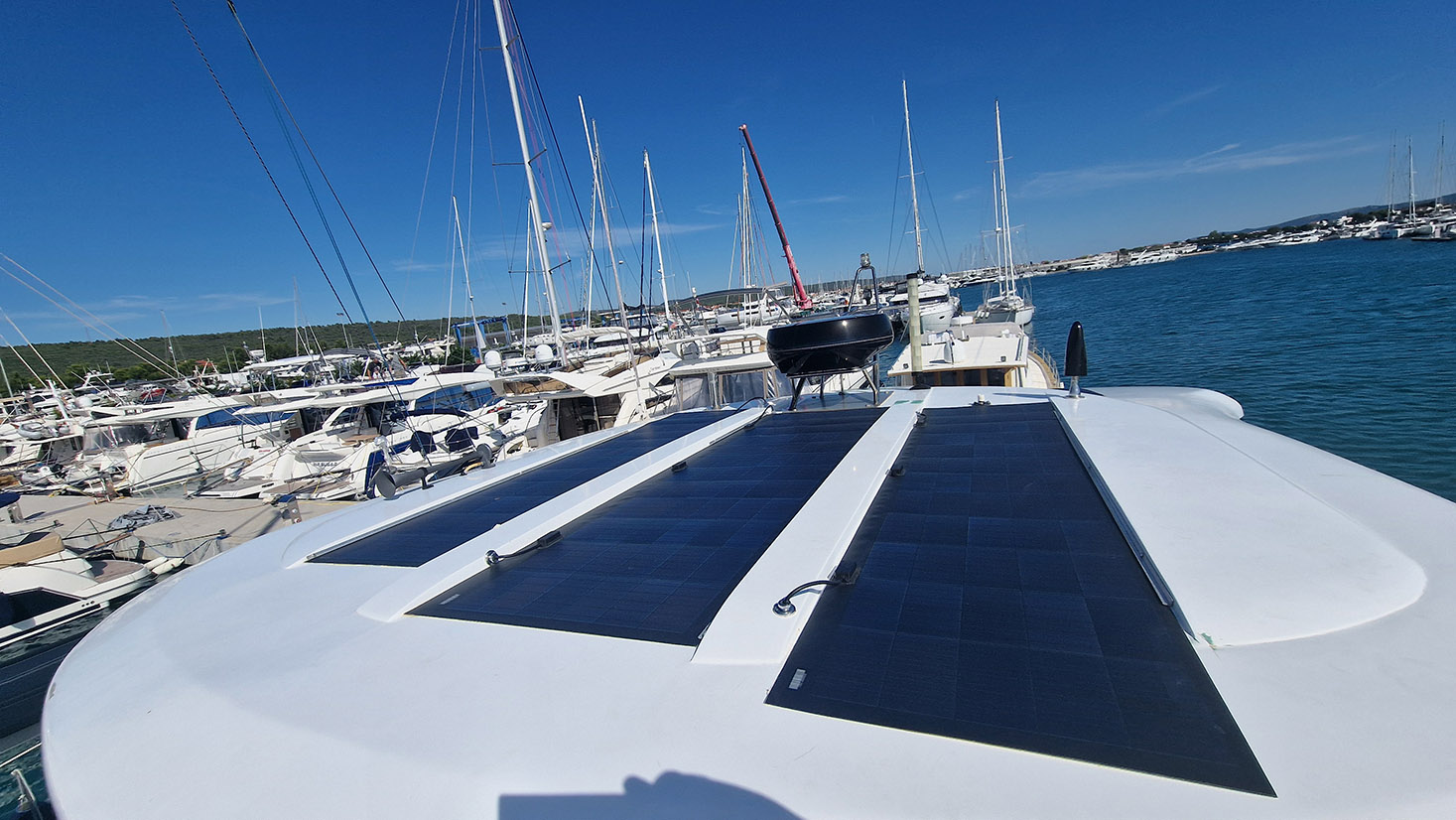
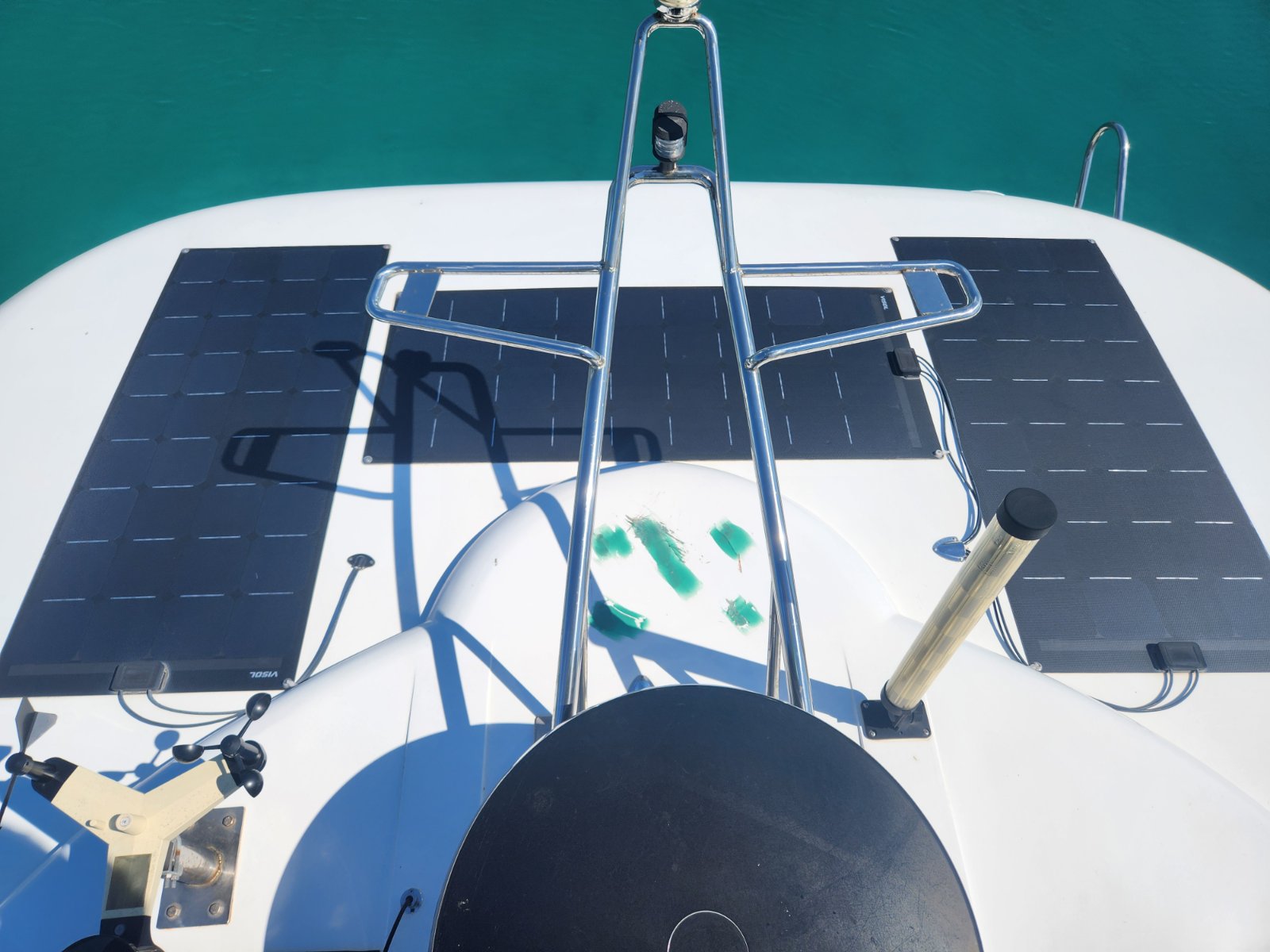
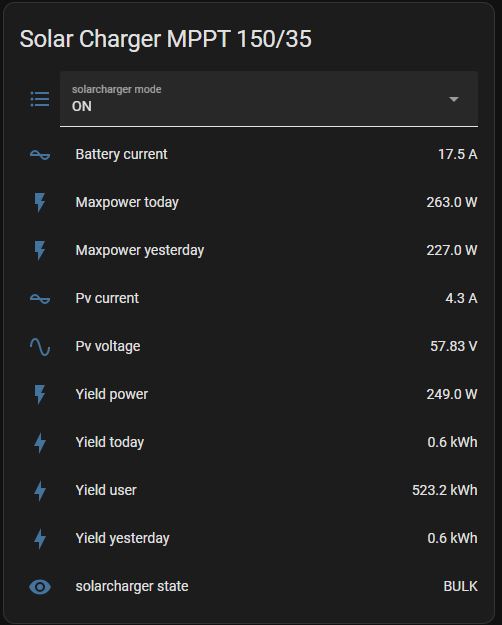
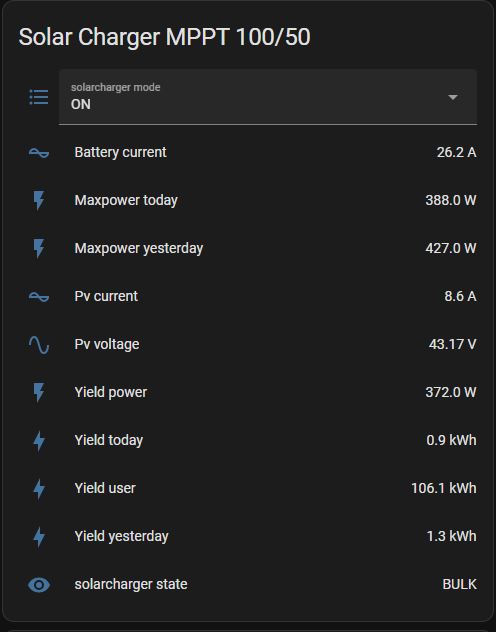
With this setup, the boat has become practically self-sufficient, supporting the use of all refrigerators, coffee makers from the inverter, pumps, lighting, etc., under average usage. Even with poor sunlight, the system can operate for 4-5 days without needing to conserve power. When anchored, the owner usually runs the generator every 1-2 days for a short time for hot water or cooking. During these times, both chargers operate, and based on empirical measurements, the battery charge increases by 10-11% in half an hour. Even under extreme loads and 240A charging, based on current measurements, the cell temperature increases by 4-6°C above ambient temperature, and during a prolonged 240A charge, the hottest cell reached 55°C. These cells' optimal operating temperature range is -20 to 60°C.
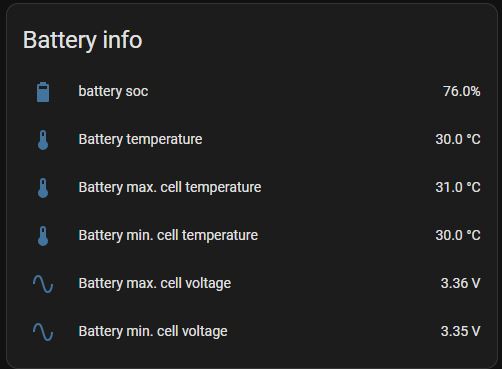
We paid great attention to safety. The BMSs were configured to disconnect the output current in case of a short circuit, overload, overcharge, overheating, or low temperature. The Victron system separately measures the temperature inside the battery boxes and can intervene in extreme cases, sending alerts as well.

The entire system is transparent and controllable from a single interface.
